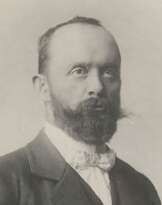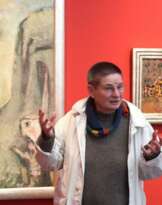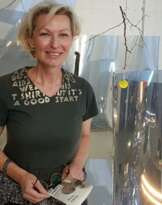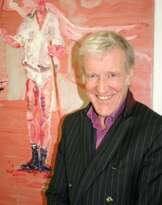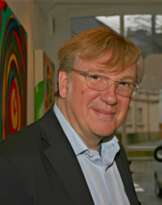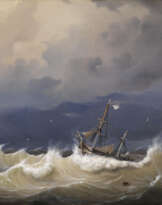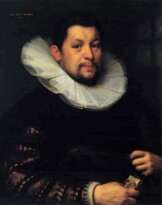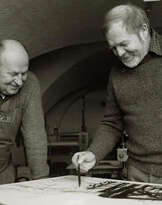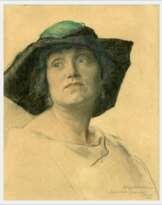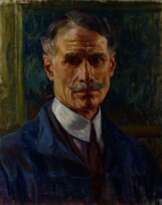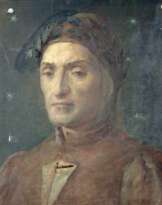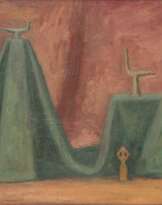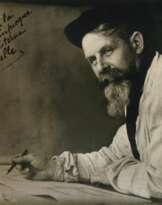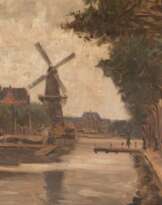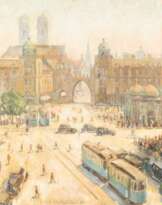Oskar Erich Hösel (1869 - 1953)
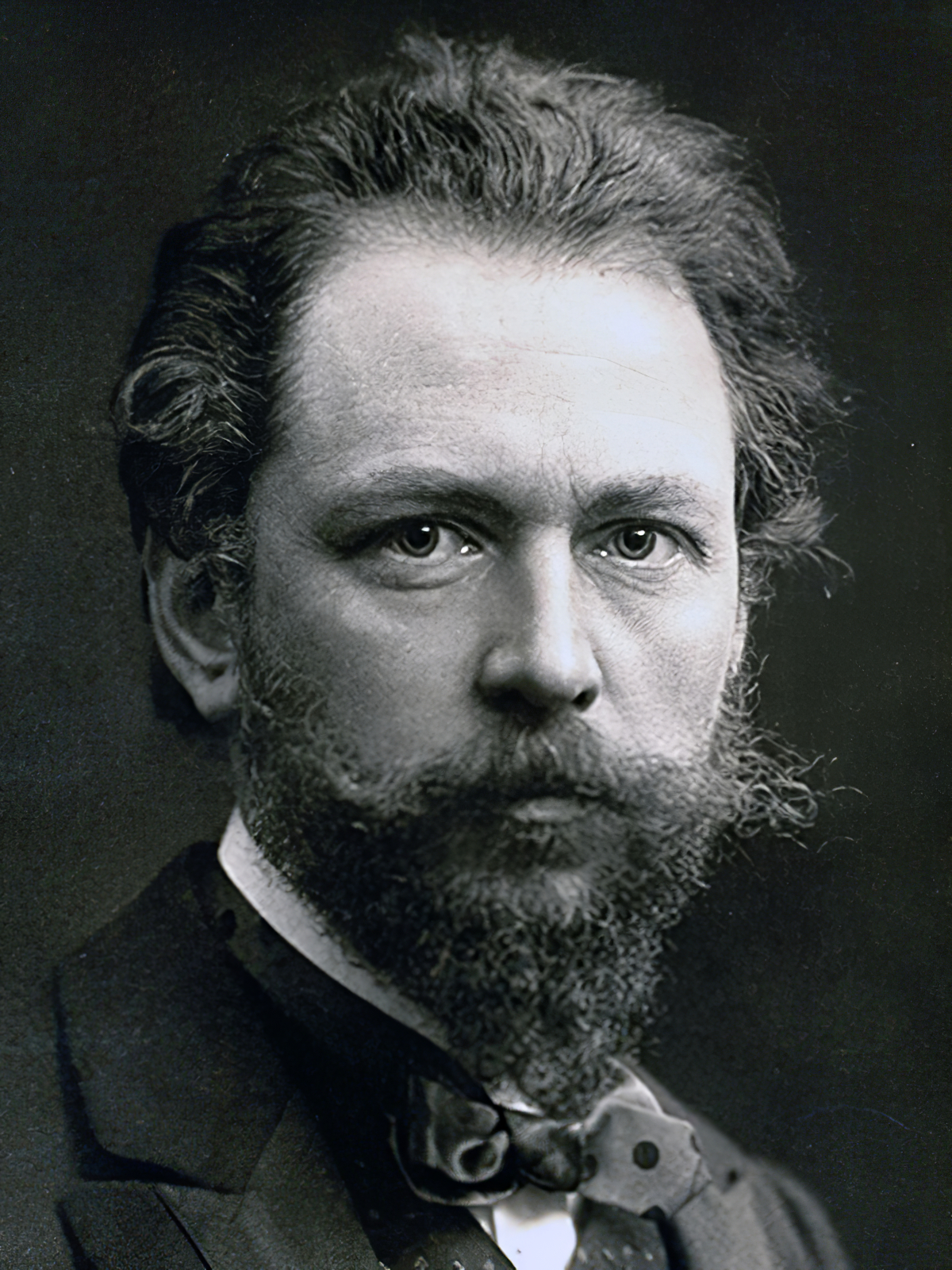
Oskar Erich Hösel
Oskar Erich Hösel, a German sculptor and modeler, was renowned for his distinctive contributions to art and culture. His work is celebrated for its innovation and mastery in sculpture and modeling, with notable creations that include various sculptures and models for the Meissen Porcelain Manufactory. Hösel's talents were recognized early in his career, evidenced by awards such as the small silver medal from the Dresden Academy of Fine Arts in 1891 for his group "In the Desert".
His sculptures, such as "Hunne zu Pferde" and "Entlaufener Negersklave im Kampfe mit einem Bluthund," highlight his ability to capture dynamic and dramatic scenes in his art. Besides his sculptural work, Oskar Erich Hösel contributed significantly to porcelain design, creating pieces that are still celebrated today.
Oskar Erich Hösel's artistry extended beyond conventional sculpture, incorporating elements of realism and a keen observation of nature, evident in his various animal figures and other works. His legacy continues to influence the fields of sculpture and porcelain art, with his works serving as a testament to his skill and creativity.
For collectors and art and antique experts, Hösel's works represent a unique blend of artistic innovation and traditional craftsmanship. If you're keen on staying updated about Oskar Erich Hösel's art, including sales and auction events, consider signing up for updates. This subscription offers a focused way to engage with the ongoing appreciation and study of Hösel's contributions to art and culture.
| Date and place of birt: | 5 april 1869, Annaberg-Buchholz, Germany |
|---|---|
| Date and place of death: | 29 december 1953, Meissen, Germany |
| Nationality: | Germany |
| Period of activity: | XIX, XX century |
| Specialization: | Artist, Porcelain modeler, Sculptor |
| Genre: | Animalistic |
| Art style: | Art Deco, Art Nouveau, Modern art |
